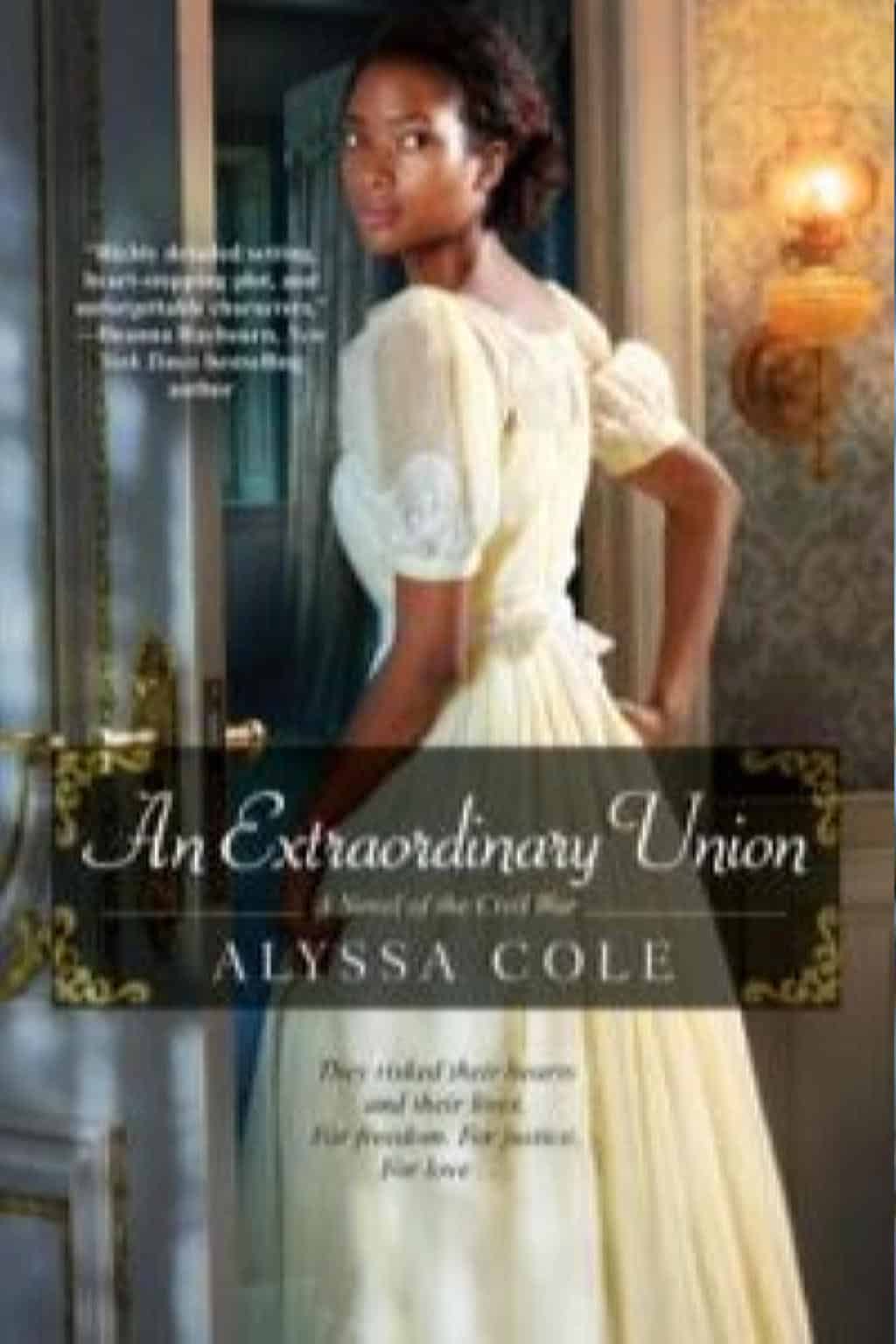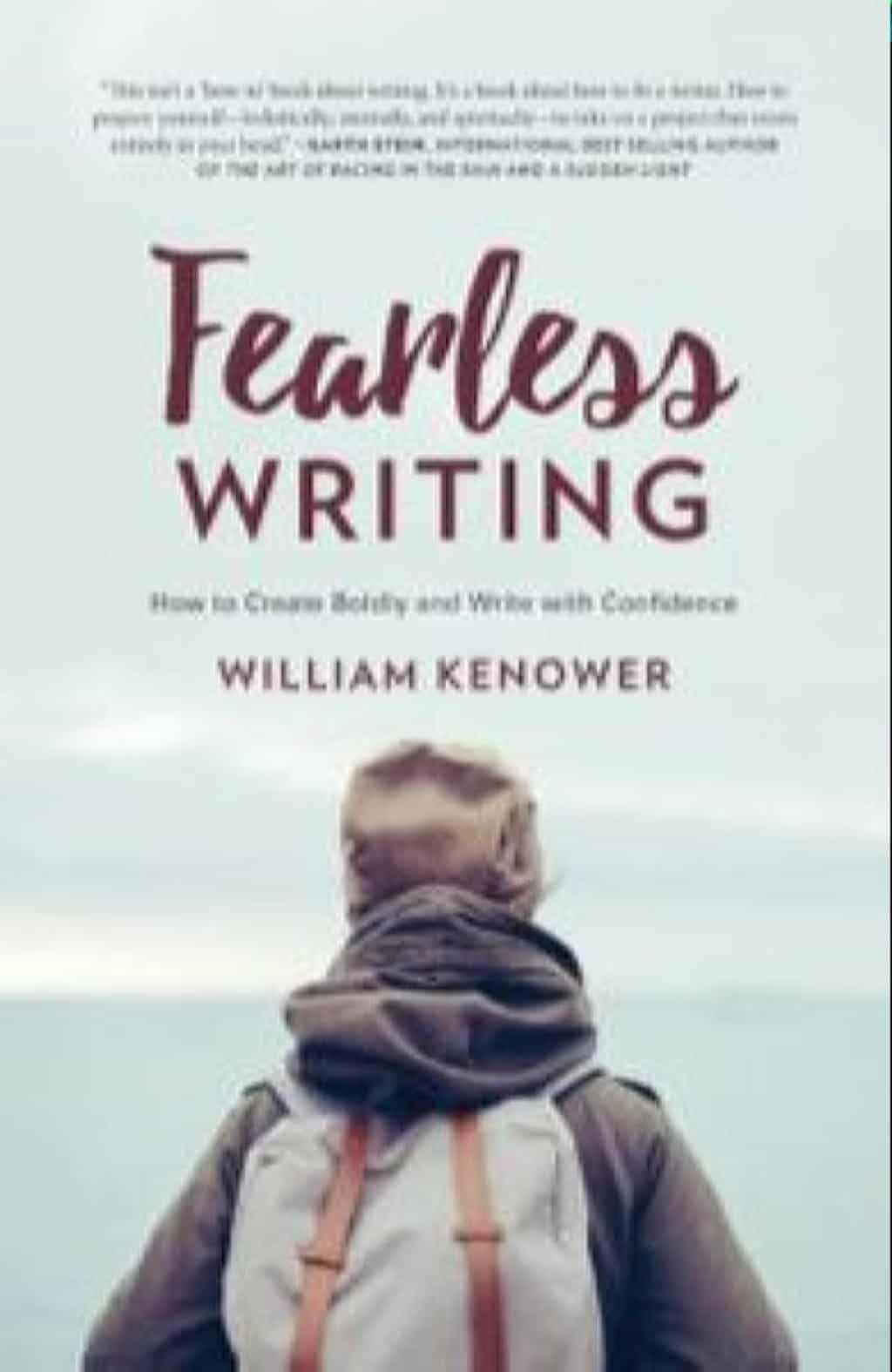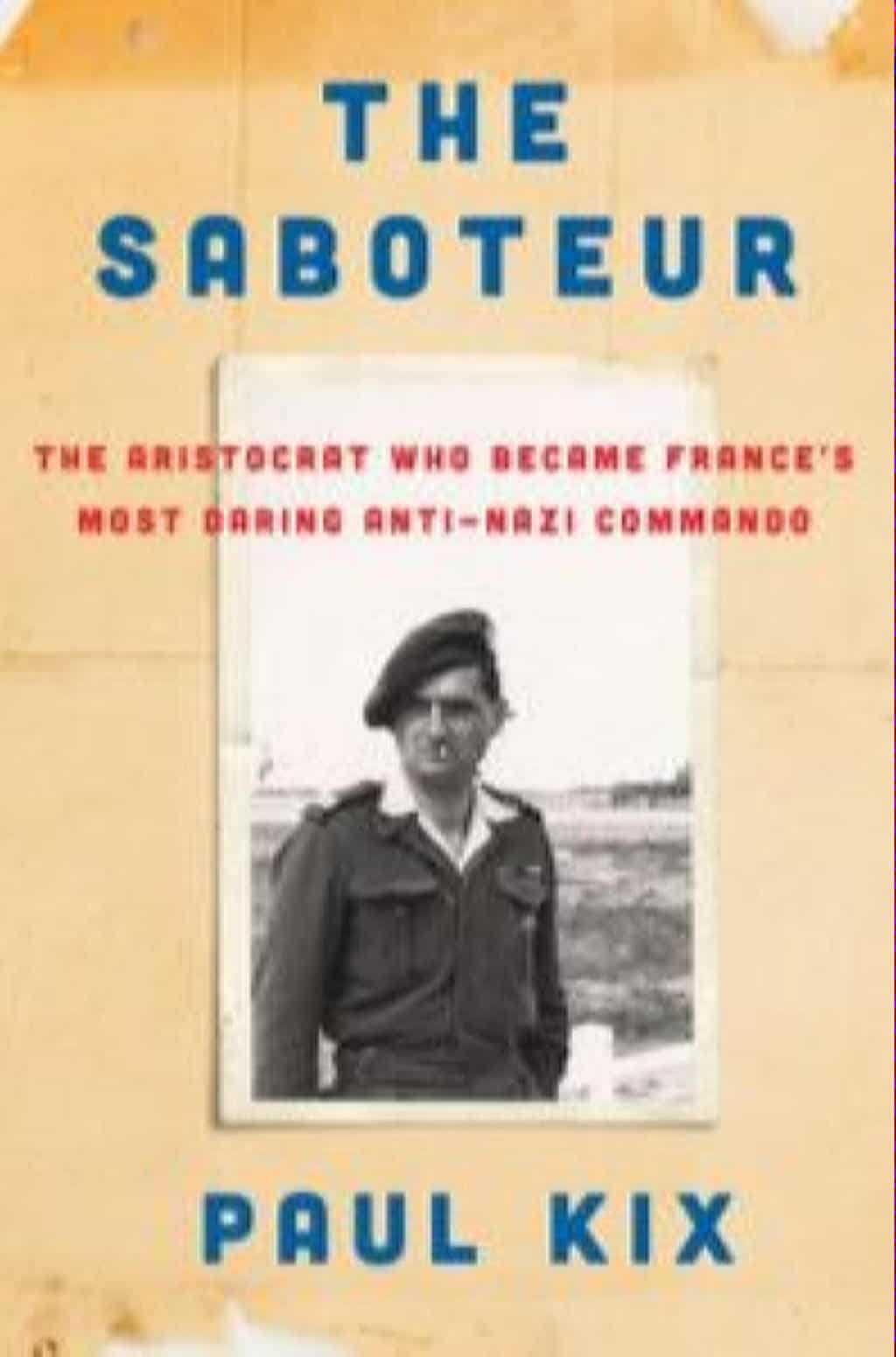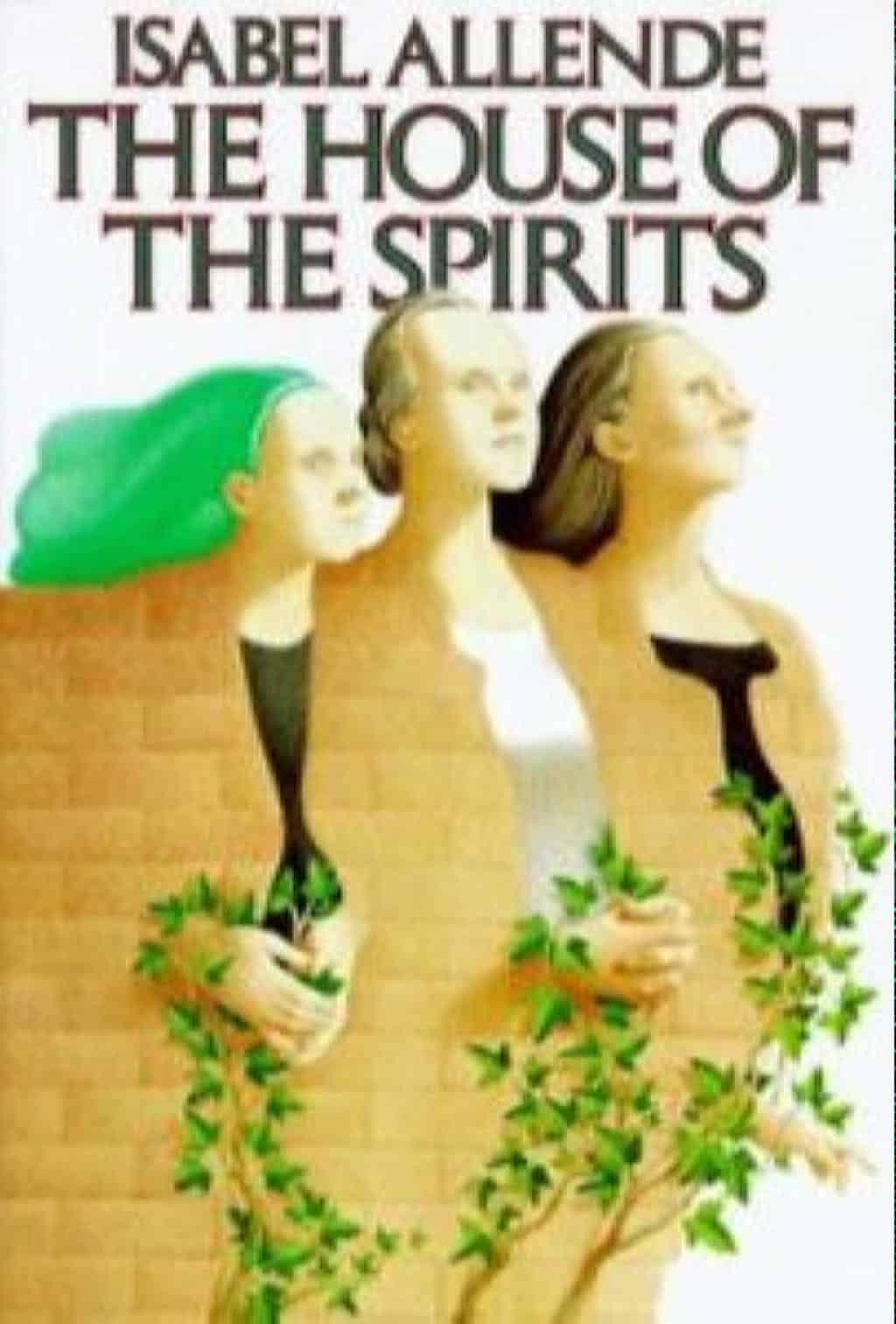 Leadership Lessons at the Library
Leadership Lessons at the Library
By Rhonna Hargett, Adult Services Manager
“Leadership is the capacity to translate vision into reality.” ~ Warren Bennis, leadership expert
Most of us, at some point, find ourselves at a place in life where leadership skills are vital, whether at work, in family interactions, or as part of an organization. Developing these skills provides benefits for us individually, as well as for the entire community. Fortunately, there is a wide variety of quality literature published on the subject every year. Here are some of the best that have come our way recently.
In “The Culture Code: The Secrets of Highly Successful Groups”, Daniel Coyle explains that the key to group success is a feeling of connection, shared risk, and shared purpose. Through his research with some of the world’s most successful groups, Coyle developed a philosophy that refocuses leadership studies into the subconscious aspect of what traits cause people to work well together to achieve a goal. Using scientific data and engaging anecdotes, this book is helpful for leaders, but also for anyone that wants to be a valuable contributor to a team.
“Permission to Screw Up: How I Learned to Lead by Doing (Almost) Everything Wrong” by Kristen Hadeed is an entertaining and informative narrative on the benefits of failing, learning to pick back up and move on, and how the ability to be vulnerable can open up a world of opportunity. Her motivational story about her rise to success, as well as her sense of humor, teaches that we can achieve more by experimenting than we can by striving for perfection. She also has some helpful ideas on increasing cross-generational understanding.
“Leadership Step by Step: Become the Person Others Follow” by Joshua Spodek is the perfect place to begin if you’re new to the leadership field. Spokek lays out four goals that build on each other – understanding yourself, leading yourself, understanding others, and leading others. He encourages self-reflection and learning to understand others. With exercises and questions for reflection, “Leadership Step by Step” helps readers to go a step beyond gathering information and actually build the skills needed to successfully lead a team.
For sports fans, Sam Walker has written “The Captain Class: The Hidden Force that Creates the World’s Greatest Teams.” Walker focuses on effective team captains and how they’ve used their roles to carry their teams to greatness. He examines the leadership skills they used, such as determination, humility, willingness to take on unpopular jobs, commitment, emotional control, and ability to speak the truth. The clear message that comes through is that the best leaders often don’t have the most dynamic personalities or even talent; instead their abilities lie in working behind the scenes to move the team toward a goal.
In “Forged in Crisis: The Power of Courageous Leadership in Turbulent Times,” Nancy Koehn discusses five exemplary leaders from history. Some, such as Abraham Lincoln, Frederick Douglass, and Ernest Shackleton, are obvious selections. Interestingly, she also includes environmentalist Rachel Carson and Lutheran pastor Dietrich Bonhoffer, who was an active anti-Nazi dissident in World War II. The author clearly believes that leadership isn’t an innate trait, but one that is learned and sometimes forced upon individuals in times of crisis. This absorbing book has an informative perspective on leadership, but also reads like an adventure with its focus on goal oriented and hardy personalities with a vision.
We all have the capacity to become better leaders with a little help. Along with the wealth of books that are published each year, the library also has Lynda.com, which has several courses to help those just beginning to explore leadership or those that want to hone their skills.


 Romance Beyond Regency: Diverse Romance Novels
Romance Beyond Regency: Diverse Romance Novels New and Notable Picture Books
New and Notable Picture Books Great Love Stories for Valentine’s Day
Great Love Stories for Valentine’s Day Short Stories and Resolutions
Short Stories and Resolutions Harry Potter…Still Going
Harry Potter…Still Going Understanding Mental and Developmental Disorders
Understanding Mental and Developmental Disorders A World War II Hero of the French Resistance
A World War II Hero of the French Resistance Books to Help You Make 2018 the Best Year Yet
Books to Help You Make 2018 the Best Year Yet Women Around the World
Women Around the World